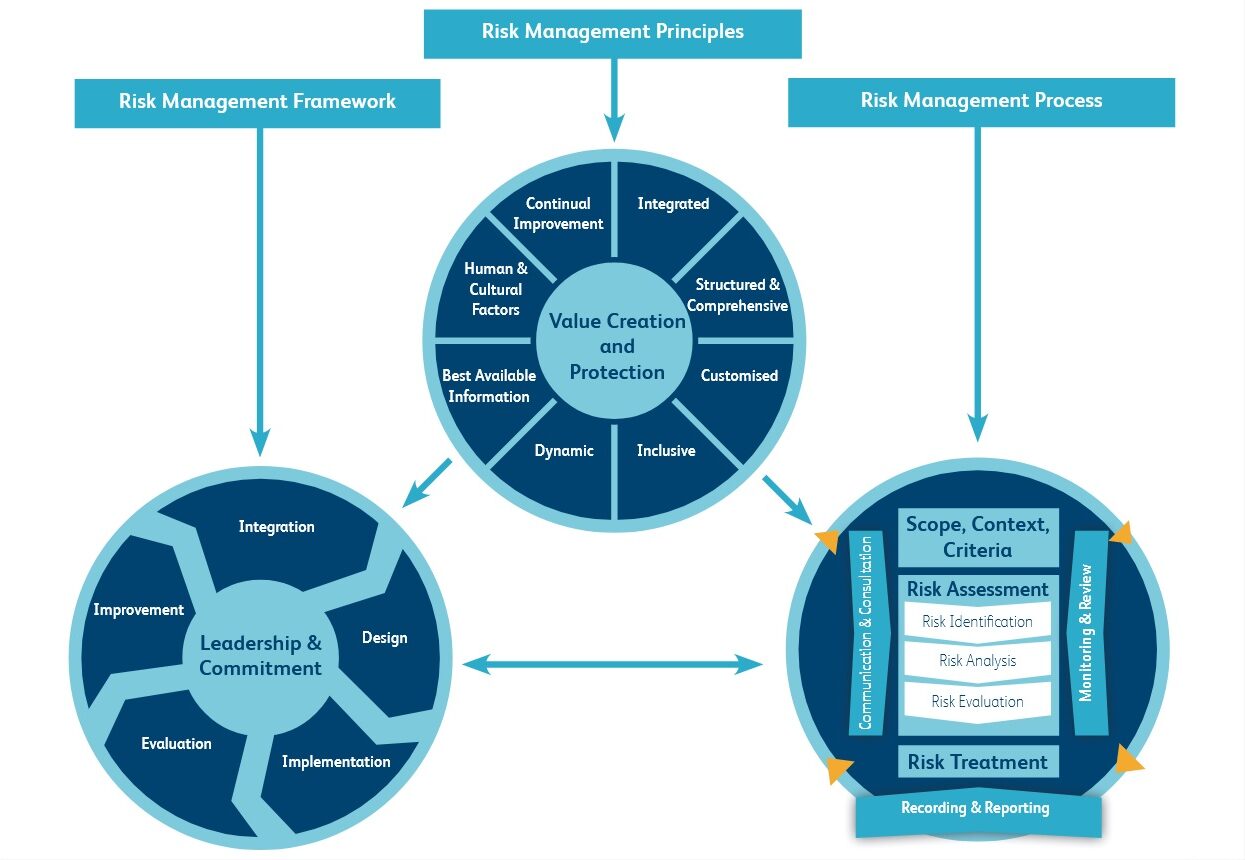Risks and their importance to the project manager
An important skill in the work of a project manager is the ability to assess the task from different angles and think through plan B in case plan A fails. In simple words, a specialist should be able to consider risks, which in this case are negative situations that may jeopardize the project.
There are external and internal project risks. The first ones are influenced by customers, suppliers, the legislative framework of the state, and its economic processes. For example, the supplier could not provide the necessary goods in time, or there were political changes in the country. As a result, the project was not delivered on time.
Internal risks include problems associated with the executing company or the team working on the project. For example, the company switched to a new management system, which slowed down the entire chain of assignments, or one of the team members quit.
Before calculating the project risks, the manager must carefully examine the very list of tasks and the ultimate goal of the work. Everything happens as early as the planning stage, and as the project progresses, the likelihood of one event or another is reviewed regularly. Team members should be involved in assessing the situation. As they share their problems and challenges, the list of possible project risks will be reduced or increased. Don’t forget about past work experience, doing various tasks will tell you what other difficulties may arise. Pay attention to experts’ opinions to help rule out external factors.

Answers to the question “Why did this situation occur” will help identify the key project risks. The goal here is to name as many reasons as possible why the negative event occurred. This will make it possible to exclude its occurrence in the future.
Often the reason for failure is an initial incorrect estimate of the time needed because the development will involve a new technology for the team. In this case, the risk analysis of the project should be more in-depth, it will help to add tasks that will increase the execution time, but increase the efficiency of the team. For example, you can initially include a certain number of hours for training.To avoid confusion when identifying possible problems, it is better to group them by sections of work – for example, design, testing, and others. When managing risks, you should understand that they can occur at every stage of the project, which means you should not lose sight of such points as meeting with the client, and delivery of intermediate or final results. It’s better to be prepared for any complexity and address it in a timely manner.




